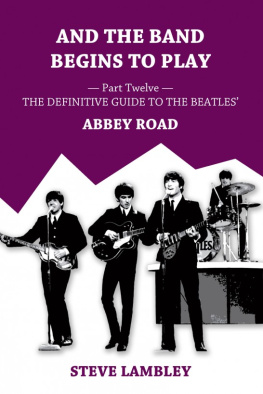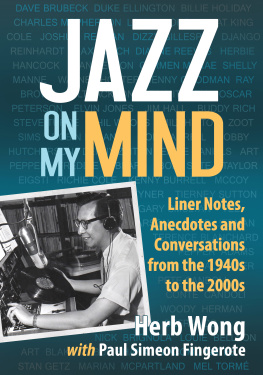
SIGUR RSS ( )
Praise for the series:
It was only a matter of time before a clever publisher realized that there is an audience for whom Exile on Main Street or Electric Ladyland are as significant and worthy of study as The Catcher in the Rye or Middlemarch The series is freewheeling and eclectic, ranging from minute rock-geek analysis to idiosyncratic personal celebration
The New York Times Book Review
Ideal for the rock geek who thinks liner notes just arent enough
Rolling Stone
One of the coolest publishing imprints on the planet Bookslut
These are for the insane collectors out there who appreciate fantastic design, well-executed thinking, and things that make your house look cool. Each volume in this series takes a seminal album and breaks it down in startling minutiae. We love these. We are huge nerds Vice
A brilliant series each one a work of real love NME (UK)
Passionate, obsessive, and smart Nylon
Religious tracts for the rock n roll faithful Boldtype
[A] consistently excellent series Uncut (UK)
We arent naive enough to think that were your only source for reading about music (but if we had our way watch out). For those of you who really like to know everything there is to know about an album, youd do well to check out Continuums 331/3 series of books Pitchfork
For reviews of individual titles in the series, please visit our blog at 333sound.com and our website at http://www.bloomsbury.com/musicandsoundstudies
Follow us on Twitter: @333books
Like us on Facebook: https://www.facebook.com/33.3books
For a complete list of books in this series, see the back of this book.

For more information about the series, please visit our new blog:
www.333sound.com
Where youll find:
Author and artist interviews
Author profiles
News about the series
How to submit a proposal to our open call
Things we find amusing

To those for whom language comes only with great difficulty, or not at all
Contents
Thanks first and foremost to Ally Jane Grossan, David Barker, Kaitlin Fontana, and everyone at Bloomsbury. I very much appreciate the opportunity to write with and for you, and am very grateful for all of your help.
My dear friend Christopher Culp alerted me to the possibility of writing for this series, and then patiently proofed an early draft of the text. It would be no understatement to say that this book would not have happened without him.
Much of this book was inspired by the critical and creative work of Steve McCaffery and James Currie, both of whom were extremely helpful in pointing me toward various sources during my research. Steve McCaffery and Jaap Blonk were kind enough to sit down with me for interviews, neither of which made it into the final manuscript, but both of which considerably informed my work, and for that I am very grateful.
Many thanks, of course, to Sigur Rs, as well as John Best, Clare Wright, Edna Pletchetero, and Bjrn Flki. Cant wait to hear whats next!
My research was assisted in ways large and small by Susan Fast, Robert Hoeing, Zane Merritt, Rob Phillips, Simon Reynolds, the University at Buffalo Libraries, Joe Vogel, Naomi Yang, and all the cited authors.
My interest in issues of voice, nonsense, and sound poetry has been nurtured over the years by Tony Arnold and Babel Vocal Ensemble, Esin Gndz, Cort Lippe, and Jeffrey Stadelman. Much thanks is also due to Brendan Fitzgerald and Wooden Cities, my friends, colleagues, and continuous sources of inspiration. They gave me an acoustic space to use my voice, as well as (perhaps more importantly) something to do when I wasnt writing this book.
The following individuals, publishers, and archives have graciously granted permission to reprint their material: Jaap Blonk, Judith Habermas and Dumont Buchverlag, Peter Lang Publishing, Inc., Steve McCaffery, Jane Reichhold, Christian Vander and Magma, and the John Yang Archive. Exhaustive attempts have been made to locate all copyright holders and to clear reprint permissions, and sincerest apologies are offered if any errors have been made or if any acknowledgements or rights have been unintentionally overlooked.
To properly thank my wife, Brittany, for her love, encouragement, joy, patience, and sanity would require a transcendence over the limitations of language of which a book like this is particularly incapable. So to her I must merely, inadequately, and wholeheartedly say: thank you.
1. untitled [Vaka] (6:38)
2. untitled [Fyrsta] (7:34)
3. untitled [Samskeyti] (6:33)
4. untitled [Njsnavlin] (7:33)
5. untitled [lafoss] (9:57)
6. untitled [E-Bow] (8:49)
7. untitled [Daualagi] (13:00)
8. untitled [Popplagi] (11:45)
Silence.
Not a sound. Not a cough or a sniffle. The sound of captivation, of awe. A moment of collective attention. An eternal instant.
In February 2006, Sigur Rs performed at Bass Performance Hall in Fort Worth, Texas. I had never been to a rock show in an opera house. I had never been to one where everyone remained seated for the duration of the performance. And I had never before experienced such an enrapturing silence.
After concluding a set of magnificent, beautifully performed pieces, the band returned to the stage and began their encore with Virar vel til Loftrsa. In the middle of the song, there is a caesura, a break that, on the record,
Then, singer Jn (Jnsi) r Birgisson took an audible breath, as if he were about to sing the conclusion of the phrase
but instead he waited longer
No one made a sound. No one even breathed. There was no cell-phone ring to shatter this transcendent moment with a crass reminder of the real world. There were no isolated cheers from exuberant fans or annoying frat boys. Just a collective instant of deep listening. We were all transfixed, as if tuned in to the deepest truths of the universe, articulated by this band of Nordic troubadours. This is what was most amazing about this instant: it seemed communal. No one made a sound, but we seemed to be aware that we were all there together.
I have no idea how long this moment lasted. Maybe it was only thirty seconds. Maybe over a minute. Maybe longer. It seemed to exist outside of time.
Finally, Jnsi sang the beginning of the next phrase, and the band arrived on that chord that we were all waiting for, delivering the most satisfying conclusion.
We all finally breathed.
While I will never forget this moment, there is something about it that puzzles me: Why did it happen? How could it?
What made an audience of two thousand Texans hang on to the unfinished phrase of an Icelandic band with such awe and anticipation?
Lets be honest, there was not one member of that audience who knew what the hell that guy was singing about.
We had no idea; it was in a completely foreign tongue. It could have been a corny love song filled with whiny pining and cringe-inducing metaphors. It could have been a preachy
But there was something else. Something about the delivery, the environment, the music, that made us trust these guys, that made us feel as if we understood them, as if they understood us. The profound, unspoken truth that unified us all was quite literally unspoken, and yet we all believed it.
Next page
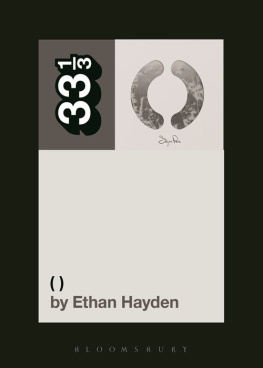

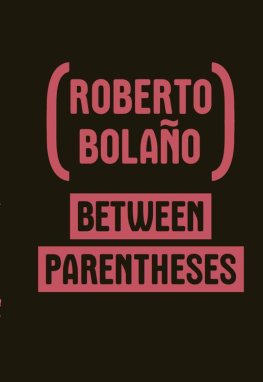

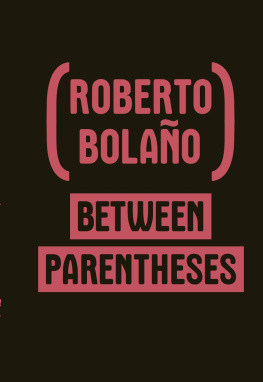
![Lambley - And the Band Begins to Play: [Part9 The Definitive Guide to the Beatles White Album]](/uploads/posts/book/213743/thumbs/lambley-and-the-band-begins-to-play-part9-the.jpg)
